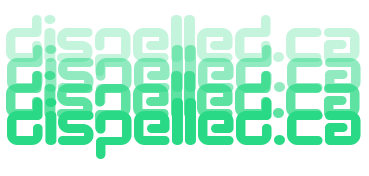Whole Tone Scale
The whole tone scale is a six-note scale in which each note is a whole step (W) apart. It has a unique, ambiguous sound that is often used to create a sense of dreaminess or otherworldliness in music.
Structure of the Whole Tone Scale
The whole tone scale consists entirely of whole steps (W):
W - W - W - W - W - W
Example: C Whole Tone Scale
The C whole tone scale consists of the following notes:
C - D - E - F# - G# - A# - C
Sound and Character
The whole tone scale has a unique, ambiguous sound due to the lack of half steps and the equal spacing of the notes. It is often used in impressionistic music to create a sense of dreaminess or otherworldliness.
Applications of the Whole Tone Scale
The whole tone scale is used in various musical contexts, including:
- Melody: Creating dreamy and otherworldly melodies.
- Harmony: Adding ambiguity and color to chord progressions.
- Improvisation: Soloing with a unique, impressionistic sound.
Chords Derived from the Whole Tone Scale
The whole tone scale can be used to derive the following chords:
- Augmented chords (e.g., C+)
- Whole tone chords (e.g., C - D - E - F# - G# - A#)
Songs That Use the Whole Tone Scale
Here are some songs that use the whole tone scale:
- "Voiles" by Claude Debussy
- "Mars" from The Planets by Gustav Holst
- "You Are the Sunshine of My Life" by Stevie Wonder
- "Blue Monk" by Thelonious Monk
- "Prelude to the Afternoon of a Faun" by Claude Debussy
- "The Twilight Zone Theme" by Marius Constant
Practice Exercises
Here are some practice exercises to help you get familiar with the whole tone scale:
- Play the C whole tone scale on your instrument, ascending and descending.
- Write out the notes of the whole tone scale in different keys and play them on your instrument.
- Practice improvising using the whole tone scale to create dreamy and otherworldly sounds.
- Compose a short melody using the whole tone scale and play it on your instrument.
- Analyze a piece of music that uses the whole tone scale and identify the scale's role in the composition.
- Practice playing augmented chords derived from the whole tone scale in different keys.
- Improvise a solo using the whole tone scale over a backing track in an impressionistic style.
- Transcribe a solo or melody that uses the whole tone scale and play it on your instrument.
- Create a chord progression using whole tone chords and play it on your instrument.
- Experiment with combining the whole tone scale with other scales in your improvisation.
Check out some Bands on Bandcamp.com. Seven Times Refined by Altogether Steve and the Mercenaries, Crazy Fingers (Vancouver 1991), Flying Butt Pliers, and Hammy Ham Hands.
Proudly powered by a Text Editor, an IDE, an SFTP client, some Internet searches, and more recently help from some AI.
2025 dispelled.ca end of file.
